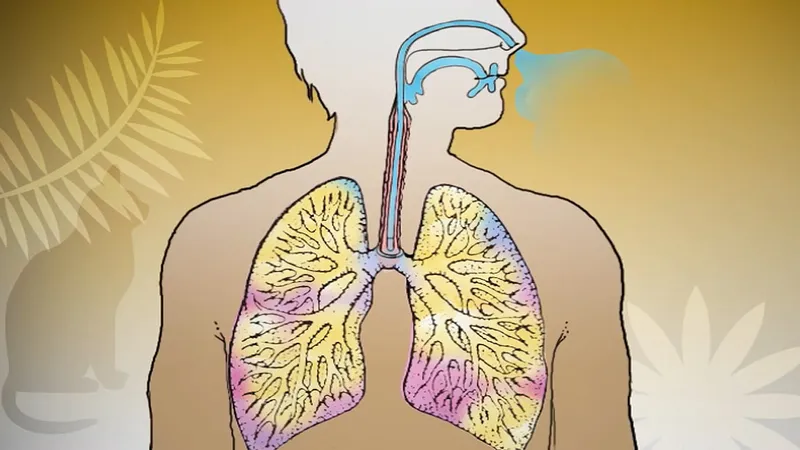5 Ways to Tell the Difference Between Asthma and Allergies

Asthma and allergies are common respiratory conditions that can cause discomfort and interfere with daily life. While they share some similarities, distinguishing between the two is crucial for effective management and treatment. In this article, we will explore six key ways to differentiate asthma from allergies and help you better understand your symptoms.
1. Overview of asthma and allergies

Both asthma and allergies involve the respiratory system, but they have distinct causes, symptoms, and triggers. Asthma is a chronic condition characterized by inflammation and narrowing of the airways, resulting in difficulty breathing, wheezing, and coughing. Allergies, on the other hand, are an immune system response to specific substances, such as pollen, pet dander, or certain foods, leading to symptoms like sneezing, itching, and nasal congestion. If you’re managing asthma and need assistance with medication costs, you can find helpful resources like a free Flovent coupon to help ease the financial burden while ensuring you have access to the necessary treatment.
2. Breathing patterns
Recognizing the unique breathing patterns associated with asthma and allergies can provide valuable clues. In asthma, wheezing is a common sound caused by the airways constricting and narrowing. On the contrary, allergies primarily affect the nasal passages, leading to congestion and a stuffy nose. Paying attention to these distinct breathing patterns can help distinguish between the two conditions.
3. Timing and duration

Timing and duration of symptoms can offer insights into whether you’re experiencing an acute allergy attack or chronic asthma. Allergic reactions typically occur shortly after exposure to an allergen and tend to resolve within hours or days. In contrast, asthma symptoms can persist for weeks or even months, with varying intensity. If your symptoms persist over an extended period, it may indicate underlying asthma.
4. Diagnostic tests
To obtain a precise diagnosis, healthcare professionals utilize several diagnostic tests. Lung function tests, such as spirometry, can measure the amount of air you can inhale and exhale, providing information about lung capacity and function. Allergy testing methods, including skin prick tests or blood tests, can identify specific allergens that trigger your symptoms. These tests aid in distinguishing between asthma and allergies and guiding appropriate treatment plans.
5. Response to medication

Examining how your symptoms respond to medication can help differentiate between asthma and allergies. Asthma medications, such as bronchodilators or inhaled corticosteroids, target airway inflammation and improve breathing. Allergy medications, such as antihistamines or nasal sprays, mainly relieve symptoms related to histamine release. If your symptoms improve with asthma medication but not with allergy medication, it suggests asthma is the underlying condition.
Conclusion
In conclusion, although asthma and allergies share some similarities, recognizing their differences is vital for proper treatment. By understanding the causes, symptoms, triggers, and diagnostic methods, you can differentiate between the two conditions more effectively. Remember to pay attention to breathing patterns, timing and duration of symptoms, and response to medication for a definitive diagnosis. Armed with this knowledge, you can take control of your respiratory health and live a more comfortable life.



